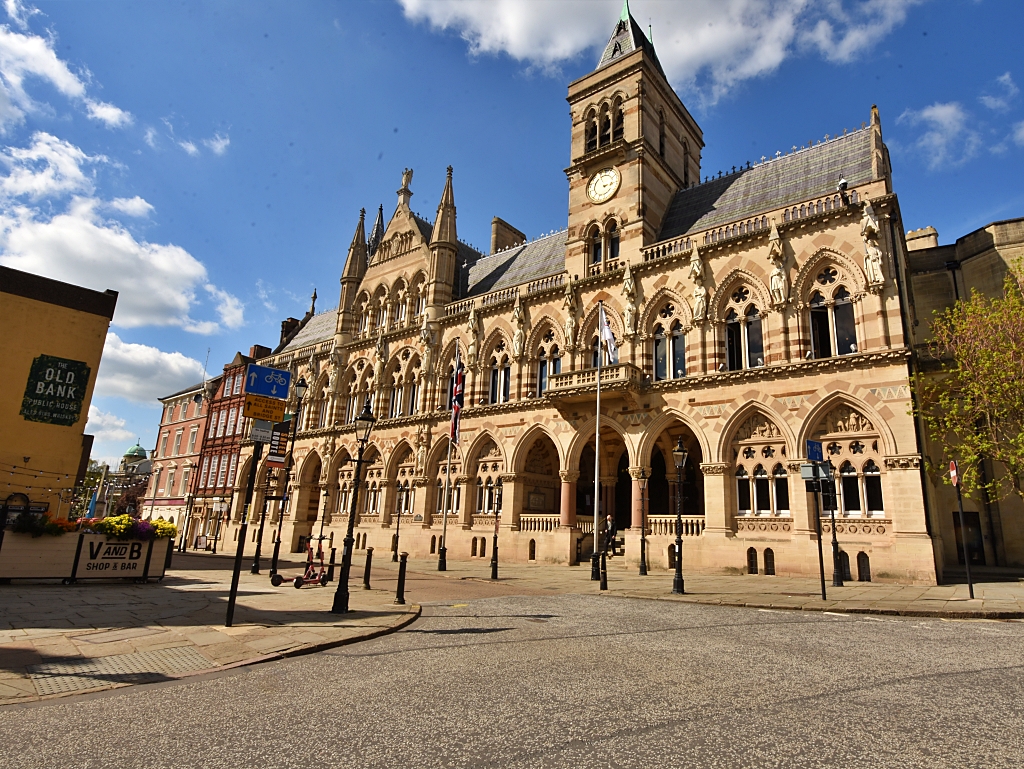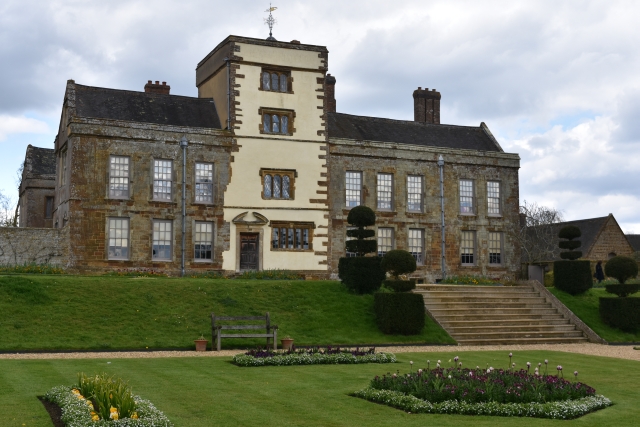Northamptonshire
Middle England’s Hidden Gem
The county of Northamptonshire is easily overlooked by visitors heading to England’s northern counties or south to London. The east-west axis along the A43 and A45 is equally busy, but if you step off the beaten path, you’ll find a county that’s worth a longer stay. Nestled in the heart of England, Northamptonshire beckons with picturesque landscapes, tiny villages, and charming towns. Sports fans – whether they favour cricket, rugby, football, or motorsports – can find much to love. And history and nature lovers are exceptionally well catered for.
Travel Tips
Northamptonshire is super accessible, making it an ideal area for weekend breaks and short breaks, regardless of which part of the UK you’re coming from. The M1 and A5 bisect the county north to south, while the A43, A45, and A361 give access from east and west. And while the major routes can be busy with through traffic, it’s very easy to veer off onto smaller roads and enjoy a peaceful meander through small towns and picturesque villages.
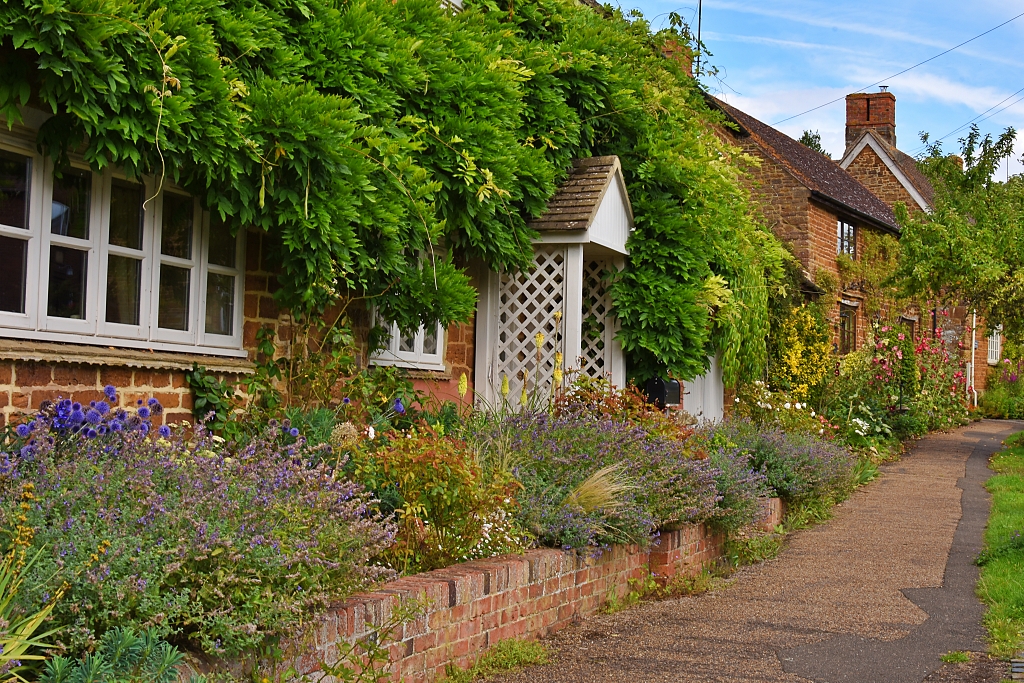 Moreton Pinkney in Bloom © essentially-england.com
Moreton Pinkney in Bloom © essentially-england.comHistory and
Heritage
Throughout history, the county’s location made it an important thoroughfare, while its fertile soil and plentiful rivers invited farmers and craftspeople. Archaeological research has shown that the county has been home to settlers for thousands of years.
Prehistoric
Period
Both the River Nene in the north-east of the county and the hills around Northampton and Daventry were inhabited in prehistoric times. History lovers can visit Bronze and Iron age hillforts like Abury Hill, Borough Hill, Rainsborough Camp or West Hunsbury. Bronze age barrows are found across the county with some – like Overstone near Northampton – in use until Roman times. Construction work in the Nene Valley between Oundle and Peterborough revealed a thriving Neolithic population with evidence of village communities, trading routes, and ceremonial sites – with one of England’s most fascinating sites, Flag Fen, situated just across the border in Cambridgeshire.
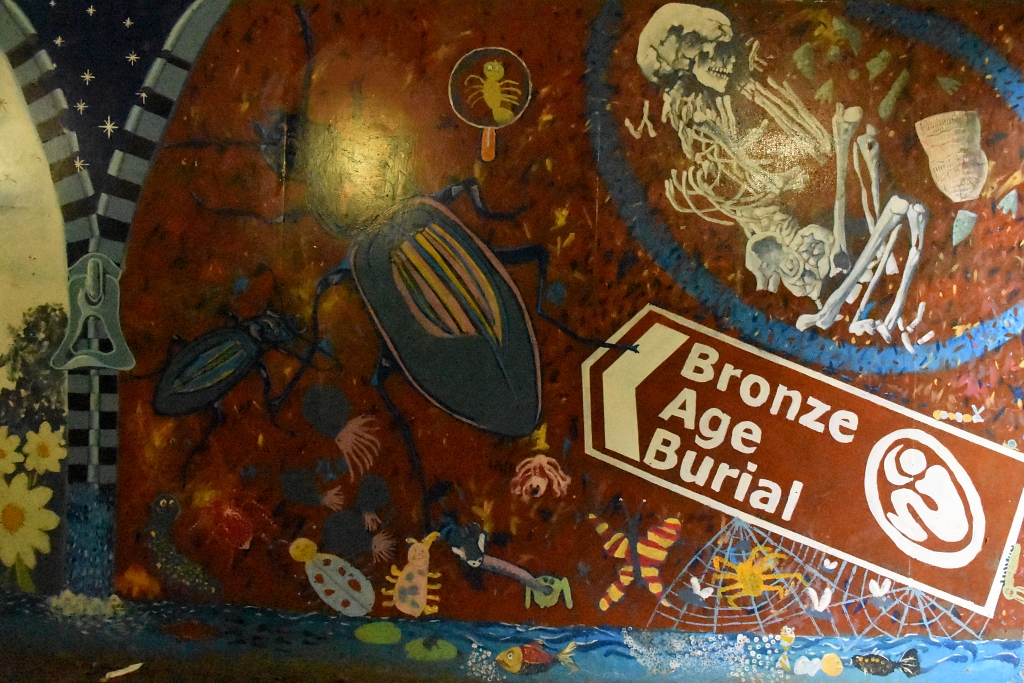 Warmington Prehistoric Beaker Burial Street Art © essentially-england.com
Warmington Prehistoric Beaker Burial Street Art © essentially-england.comRoman
Northamptonshire
Evidence of Roman activity abound in the county, which lies either side of Watling Street, a major north-south route during the Roman occupation. Roman towns like Towcester, known as Lactodurum, Kettering, Irchester and Duston were thriving community centres, while Roman villas such as Piddington made use of the county’s fertile soils for agricultural production.
Anglo-Saxon
Northamptonshire
After the retreat of the Romans, the area was part of the Anglo-Saxon kingdom of Mercia. Changing fortunes in the 9th and 10th century saw the eastern part of Northamptonshire become part of the Danelaw, be reclaimed by the English, conquered by the Vikings, and once more reclaimed by the Anglo-Saxons. As a result, names for Northamptonshire’s towns and villages have both Saxon and Danish roots, and evidence of Anglo-Saxon habitation can be found across the county in places like Brixworth, Oundle, Brigstock, Barnack and Earl’s Barton.
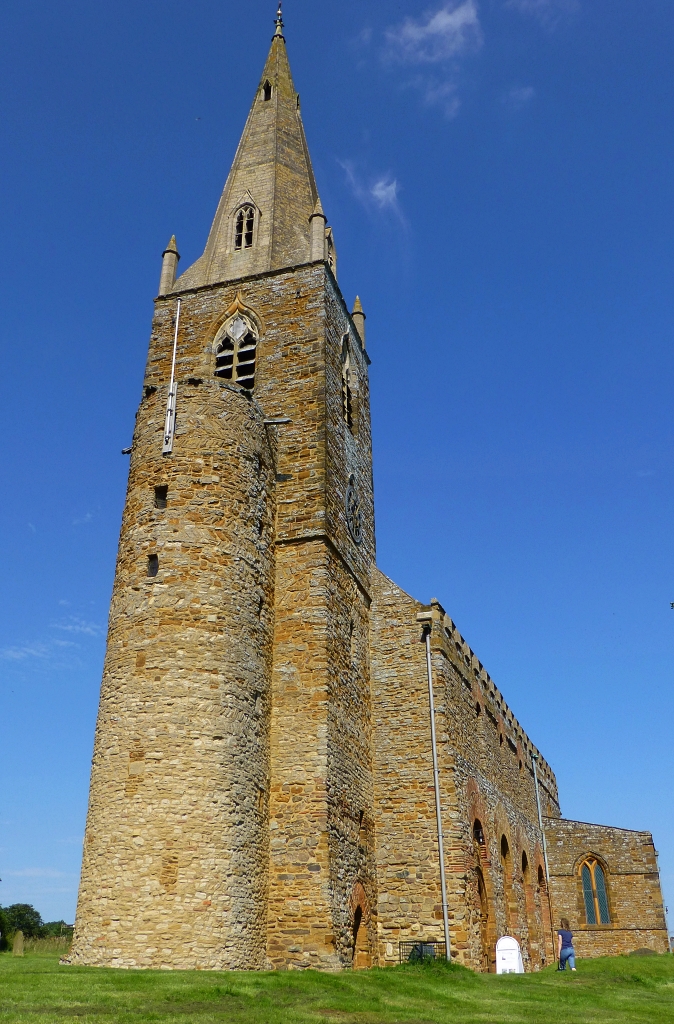 Brixworth Saxon Church © essentially-england.com
Brixworth Saxon Church © essentially-england.comMedieval
Period
During the medieval era, the county acquired castles like Rockingham, Barnwell, Northampton, and Fotheringhay, as well as a raft of religious houses. Its location in the centre of England and its formidable castle made Northampton a favoured meeting place for England’s state councils and early parliaments. The castle also saw battle when King John was under siege in the town, and - later - when the forces of King Henry III wrested the place from Simon de Montfort. One of the county’s most iconic landmarks is Fotheringhay Castle, the birthplace of Richard III and the site of Mary, Queen of Scots’ imprisonment and execution.
Post-Medieval
Period
Its many mansions and stately homes are evidence of Northamptonshire’s prosperity in the 16th – 18th centuries. Places to visit include Castle Ashby - dating to the reign of Henry VIII, Althorp - the seat of the Spencer family, Drayton House, Burghley House, Kirby Hall, and Delapre Abbey. All offer a glimpse into times past with their stunning architecture and beautiful gardens.
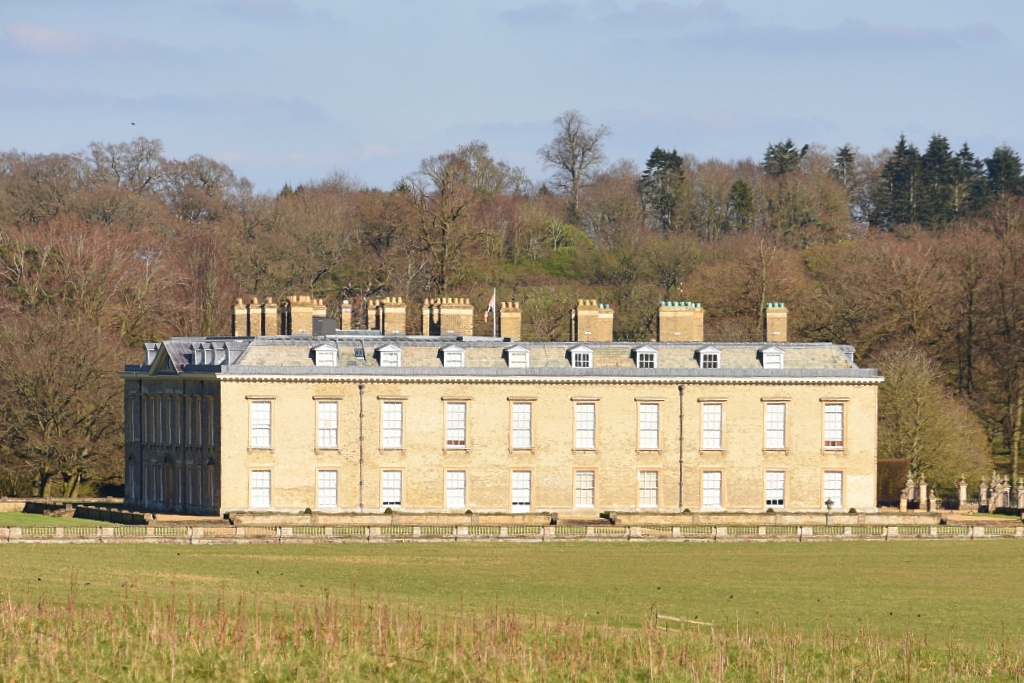 Althorp House © essentially-england.com
Althorp House © essentially-england.comIndustrial
Revolution
The Industrial Revolution brought the rise of manufacturing industries and the expansion of transport networks to Northamptonshire. Canals now criss-crossed the county and new roads were followed by railways. The town of Northampton became known for its shoemaking industry - making the boots for Oliver Cromwell’s New Model Army. Leatherworking, pipe making, and papermaking also flourished during this time and exploring the remnants of that time make for wonderful days out.
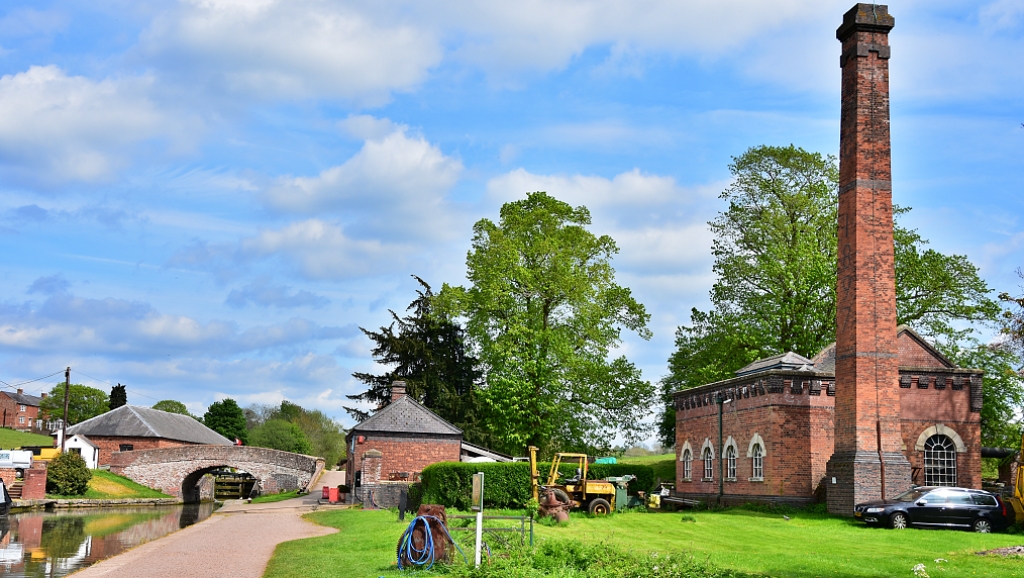 The Braunston Pump House Beside the Grand Union Canel © essentially-england.com
The Braunston Pump House Beside the Grand Union Canel © essentially-england.comCharming
Market Towns
The traveller firing up the M1, A1, or A5 will definitely miss the many quaint market towns that give Northamptonshire its charm. Largest amongst those is the county town, Northampton, but smaller places like Towcester, Oundle, Higham Ferrers, Brixworth, Daventry or Brackley have their own stories to tell and diversions to offer.
Sporting
Events
Northamptonshire loves its sports, and fans will find much to enjoy in the county. The Cobblers (Northampton Town Football Club) and AFC Rushden and Diamonds, a football club set up and owned by its fans, are only the start. Motorsport enthusiasts will love the action at Silverstone, be it F1, touring cars, or the Motorbike GP, while fans also visit Northamptonshire for championship winning rugby, county and T20 cricket, and - in a 120,000 square feet, purpose-built urban sports arena - MBX, MTB, scooter, skateboard and inline racing.
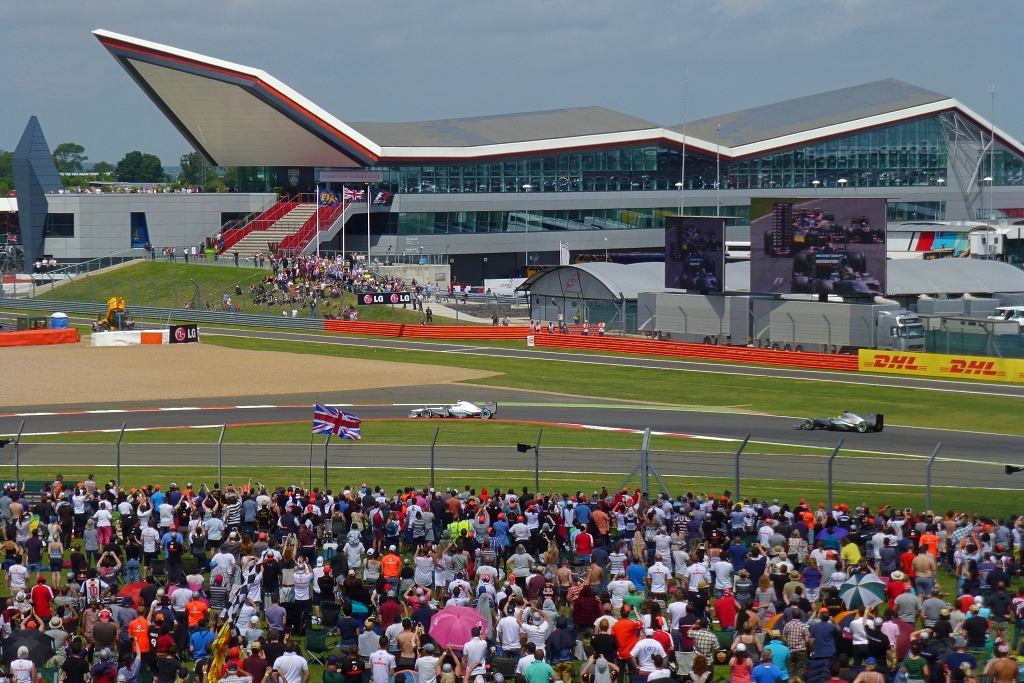 The British Grand Prix at Silverstone © essentially-england.com
The British Grand Prix at Silverstone © essentially-england.comPlaces to
See and Things to Do
While many people pass through Northamptonshire at speed, we think it’s worth stopping to explore this hidden gem amongst England’s counties. Take the time to meander through the lanes, discover tranquil spots, connect with history, or add a touch of adrenaline to your day. Here’s our list of places to see and things to do in Northamptonshire:
Discover Northampton's History and Heritage
- Abington Park is Northampton's largest and oldest park that hides a secret past.
- Take a short stroll through the heart of historic Northampton following our heritage trail.
- Meet the Norhampton Knights sculptures on this walk through Northampton and the countryside around Delapre Abbey.
- Step back thousands of years and join us for a walk around Hunsbury Hill Iron Age Hill Fort.
Visit Historic Buildings
- Explore Canon’s Ashby, the home of the Dryden family, and use it as the start point for a delightful bike ride.
- Climb the mote of Fotheringhay Castle, the birth place of King Richard III and where Queen Mary of Scots' was executed.
Northamptonshire Walks
- Relax as you take in the beauty of the Oxford and Grand Union Canals on this walk starting from pretty Braunston.
- Discover a castle mound, abandoned ancient village, and the history around Canons Ashby on this quiet countryside walk starting from Canons Ashby House.
- Find peace and quiet on our countryside stroll through the attractive villages of Wappenham, Slapton, and Abthorpe, with the bonus of finding some of Northamptonshire's best medieval church wall paintings.
- Explore part of the peaceful Nene Valley on our 5-mile circular route starting from historic Fotheringhay.
- Climb one of Northamptonshire's twenty listed mountains, Honey Hill, for some stunning scenery on this rural escape starting from the hamlet of Winwick.
For more things to do in England return from our Northamptonshire page to the Homepage.



